Signaling Considerations for Your Vehicle Emergency Kit
Signaling Considerations for Your Vehicle Emergency Kit
Lately, I’ve really been diligent about re-evaluating the emergency equipment I store in my vehicle. While that information is definitely coming in a future article, one of the things I’ve recently contemplated is what kind of emergency signaling to carry. More specifically, emergency signaling devices to alert oncoming traffic that I have an emergency.
While there’s certainly no shortage of options, those options also took some consideration to narrow down. Let’s take a look at some of the pros & cons I’ve found, with what’s available on the market and what I based my decision on. I will state that this is entirely my opinion and what I’ve found to be the best option, may not be the best for you.
Requirements
Right off the bat, I knew I didn’t want anything that would rely on a battery to operate. Batteries die and while I feel like I have a pretty good system for keeping emergency equipment up to date, I really don’t want to be dependent on batteries. That takes strobes and any kind of battery powered lighting off the list. Strobes can be extremely effective, but also are outside of the norm of what drivers would expect to encounter on a roadway. A bright strobe flashing on the side of the road might be more of a distraction than a device that would make them move over a lane.
Some other considerations on strobes and battery powered lighting, are that they’re also electronic devices. We all know how Mr. Murphy likes to mess with electronics, it’s one of his hobbies. Electronic signaling is also a more expensive option and you’ll more than likely want to retrieve them after the emergency is over; this in itself can be dangerous. You’re also out that money if a driver happens to run one over.
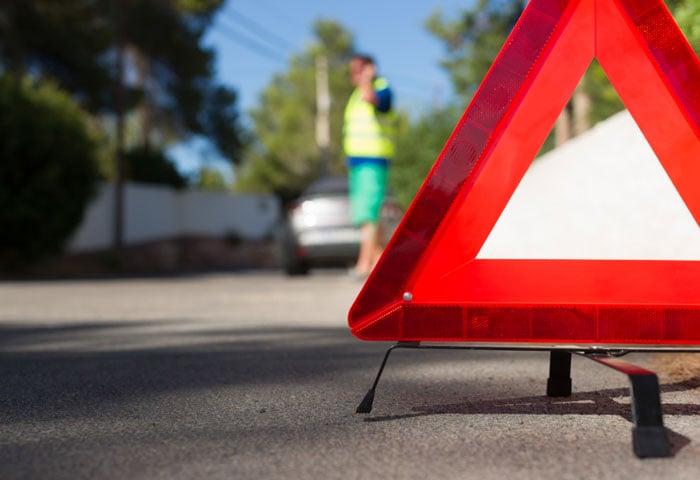
Another requirement I had, is that whatever device I used, needed to be seen both in the day and the night. Reflective devices were the next thing I considered. While highly visible at night with reflection from a light source, they’re not as visible during the day as they are at night. Some reflective devices I’ve seen, like reflective road triangles, are prone to falling over in high winds. The bright orange or red triangle is fairly visible during the day though.
Candidates
This brings us to one of my favorites, chemlights. While these are great at night, they aren’t as good for daytime use. Having a few around in a vehicle emergency kit can’t hurt, as they’re great for an emergency lighting source. Placing them on the side of the road to alert drivers may not be as effective as other options. Chemlights also have a shelf life, but I’ve found they still work well after the expiration date.
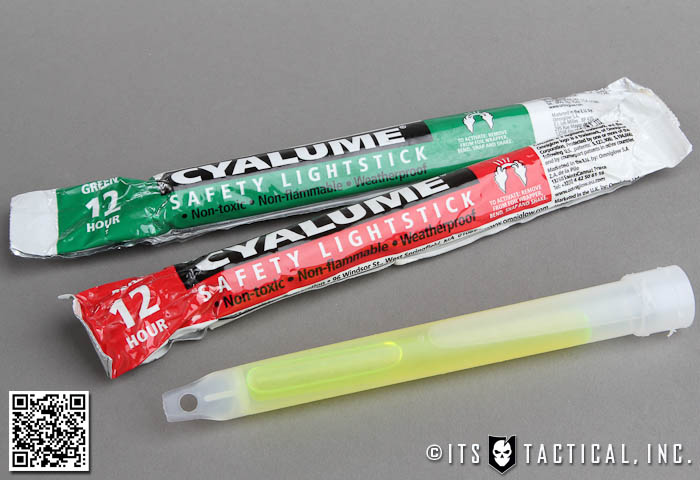
Flags are another choice for emergency signals, but I consider these to be a supplement and wouldn’t want this as the only option. Even with a highly visible marker panel, like the VS-17 or an MPIL, there’s a chance a driver wouldn’t see it until they’re close. These are also limited to a daytime emergency signal, unless combined with a reflective device. Again, we’re back to the notes above on reflective devices.
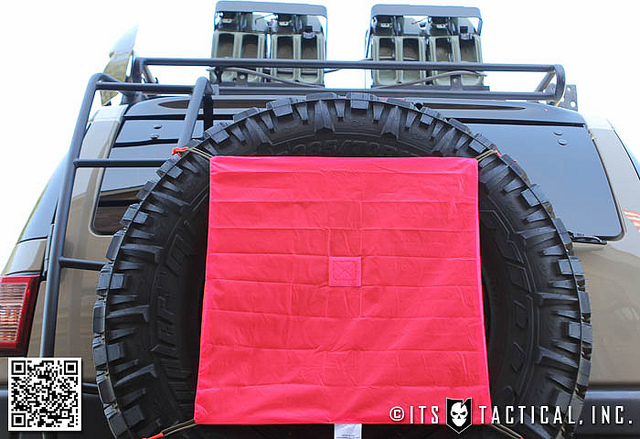
The ultimate option in my book is road flares. Flares are a universal roadside emergency signal and there’s no mistaking a few road flares every few feet leading to a roadside emergency. They burn bright during the day and especially at night. While you wouldn’t necessarily want to use one to light up a trunk at night, they do make fantastic emergency fire starters. This alone makes them a great dual purpose device and a supplement to a vehicle emergency/survival kit.
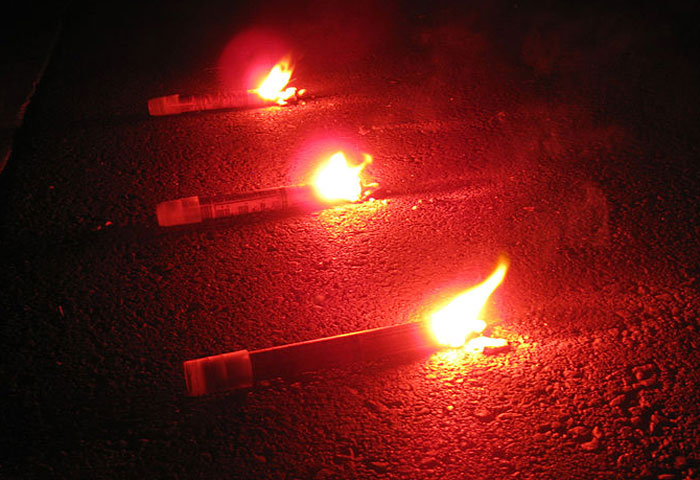
Activating a road flare is accomplished with a simple strike cap, much like a gigantic match. Depending on the length, these can burn from 5 minutes to 30 minutes and don’t require retrieval from the roadside. They’ll eventually burn themselves out. I’d also like to bring your attention to a fantastic 2005 study (link to PDF) done by Penn State Transportation Research. The study analyzes the effectiveness of Orion Signals Emergency Road Flares in enhancing the “safety zone,” or the area which is created by the presence of safety devices.
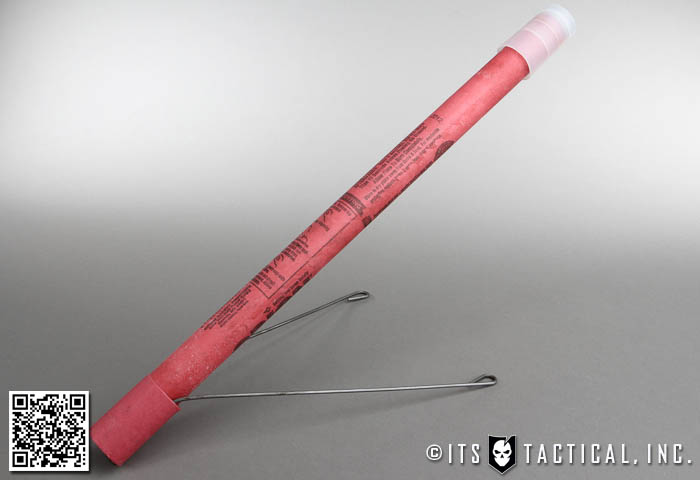
I opted for Orion Signal 30 Minute Road Flares with an integrated wire stand to prop them up on the roadway when deployed. It’s somewhat thin wire, but even if the flare did fall, I feel they would still be just as effective.
I’ve come across flares being utilized on the ground and it certainly didn’t lessen their effectiveness. I’m currently keeping six of them in my vehicle, as well as in Kelly’s car. I truly feel emergency signaling devices are an important part of a vehicle emergency kit.
Your Thoughts?
I’d like to hear from you, what do you carry for an emergency signaling device in your vehicle. If you don’t carry anything, what do you consider to be effective? Please don’t just say an open hood!






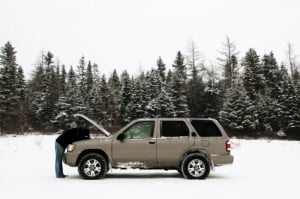
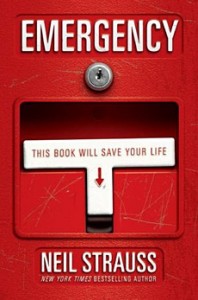



Discussion